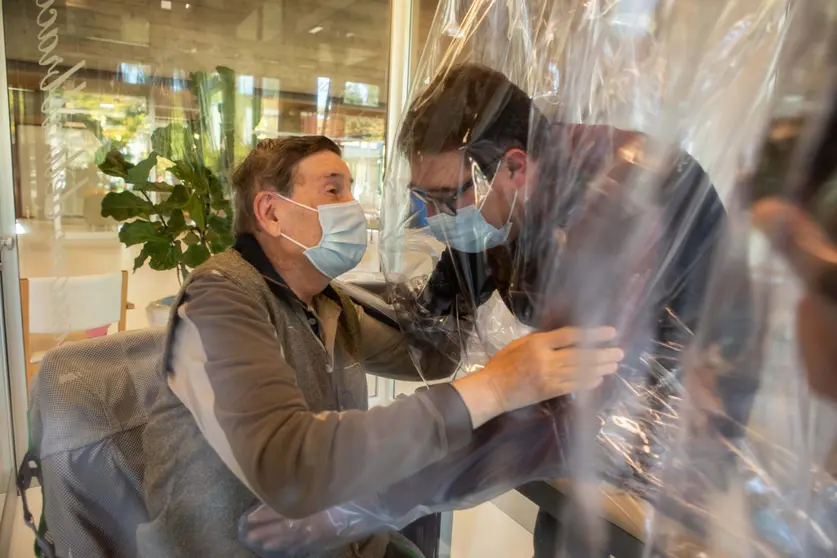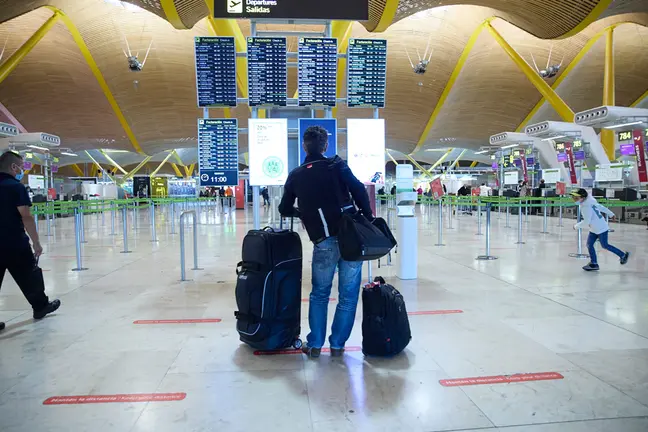The coronavirus epidemic has accelerated in recent weeks, particularly in some regions, and will most likely continue throughout the winter.
"We should not be lulled into thinking that the epidemic will end quickly," the Ministry of Social Affairs and Health stressed in its latest epidemiological assessment.
On Thursday, the National Institute for Health and Welfare (THL) reported 197 new infections, bringing the total caseload since the beginning of the pandemic to 18,542.
However, according to the Ministry, Finland still has good opportunities "to keep the situation relatively stable" compared with other countries.
For that, it is necessary that people stay alert and patiently follow the authorities' guidelines, while health authorities must provide "rapid testing" and take "extensive regional measures."
Case numbers increasing
According to government information, on 11 November, seven regions reported having entered the acceleration phase. These regions are the Hospital Districts of Helsinki and Uusimaa, Kanta-Häme, Länsi-Pohja, Pirkanmaa, Vaasa and Southwest Finland and the Åland Islands.
The remaining 14 hospital districts are at a stable level, but there are individual cities and towns situated in some of these hospital districts that have entered the acceleration phase. These cities and towns are Kouvola, Kuopio, Siilinjärvi and Rovaniemi.
In the biggest cities in Finland (Helsinki, Espoo, Vantaa, Tampere and Turku), the number of cases has increased. In many regions, however, the epidemic has been brought well under control, and as a result, the epidemiological situation has calmed down. This is the case in Vaasa, for example.
Most of the new cases are still reported among young adults, but the number of cases has increased slightly among older age groups, too.
Sources of infection
The source of infection was identified in about 55% of all new cases, slightly less than during the previous week. In the Hospital District of Helsinki and Uusimaa, the source of infection was known in about 40% of the cases during the period of 2–8 November. As for the rest of the country, the source of infection was known in about 80% of the cases.
Similarly to the previous weeks, about one third of all new cases in Finland were reported among people already in quarantine.
Currently, more than half of the infections that are traced (56%) have been contracted from people living in the same household.
Cases where the virus had been contracted in various social situations (private gatherings or gatherings among friends and family) accounted for 15% of the infections. In about 10%, the virus had spread at workplaces, and in about 7% it had spread through recreational activities.
Most hospital districts reported cases of students with COVID-19, but the virus had, as a rule, been contracted somewhere else than in the school environment, the government says. These cases did, however, led to the quarantine of students and teachers, although further infections were rare.
More patients requiring hospital care
The number of patients requiring hospital and intensive care is still relatively low, although it has grown in recent weeks.
On 11 November, a total of 73 patients were receiving hospital care due to the COVID-19 disease, and 14 of them were in intensive care.
It is estimated that about 14,000 people in Finland, which is nearly 75% of all confirmed cases, have recovered from the disease.












